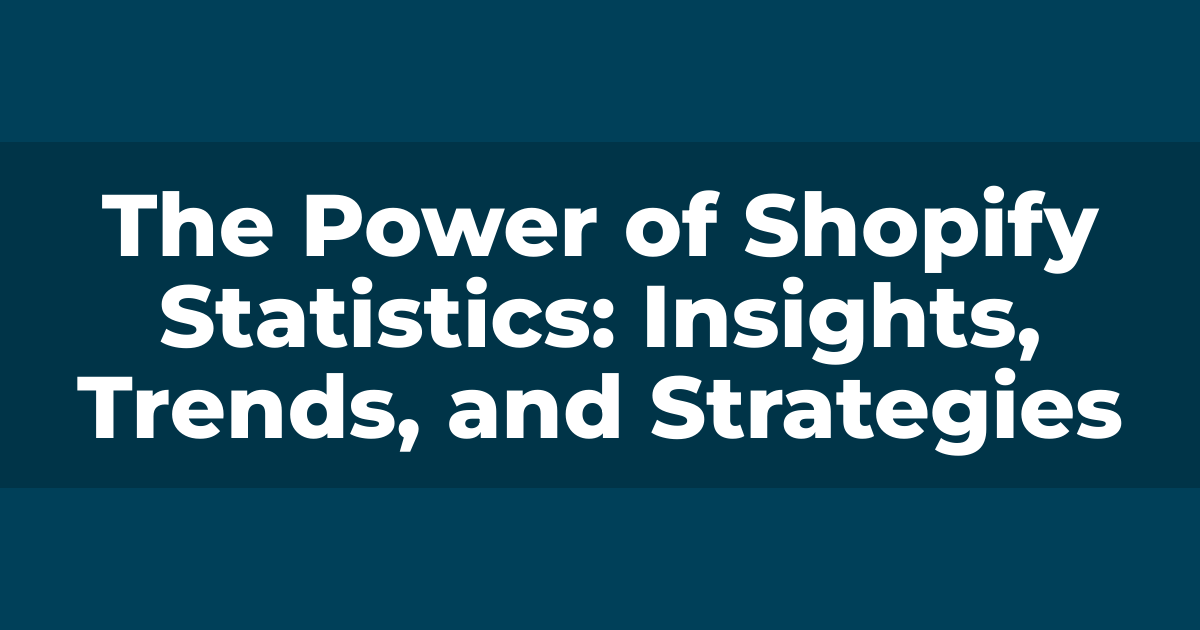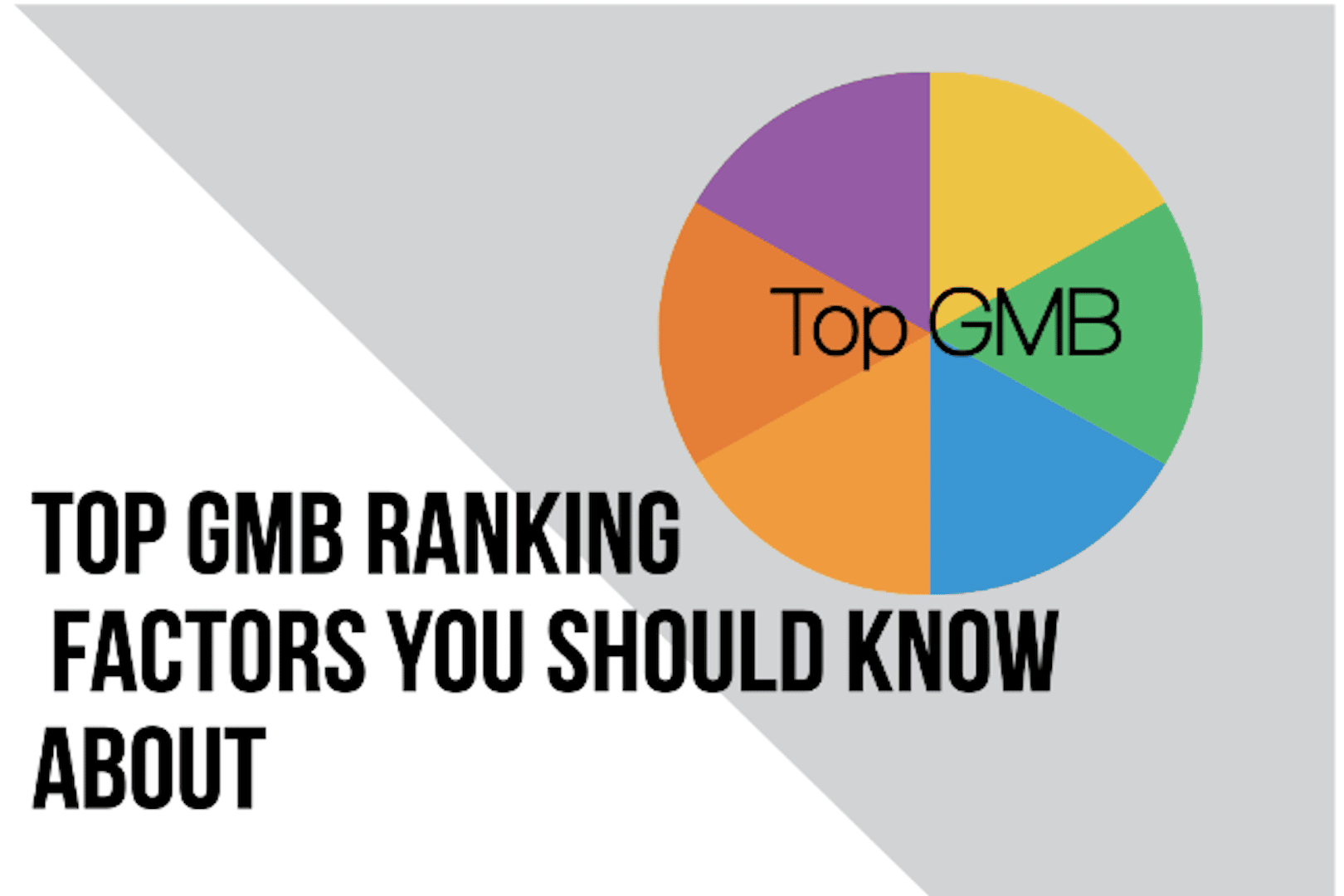Podcasts are like a box of chocolates – you never know what you’ll get, but you can bet it’ll be sweet, satisfying, and leave you wanting more. These audio delicacies have taken the world by storm, with millions of listeners tuning in to hear everything from true crime to comedy, politics, to pop culture.
And with the rise of podcasting comes the need for podcast statistics – because, let’s face it, who doesn’t love a good data-driven insight into their favorite pastime? In this blog post, we’ll dive deep into the world of podcast statistics, exploring everything from listener demographics to advertising ROI.
So put on your headphones, settle in, and get ready to learn why podcast statistics are the cherry on top of the podcasting sundae.
Podcast Listener Statistics
When it comes to understanding the reach and impact of your podcast, listener statistics are key.
But how exactly is podcast listenership measured? Typically, this is done through download numbers, streaming data, and survey responses. By gathering this information, we can get a clear picture of who is tuning in to our shows, how they consume the podcast episode content and their preferences.
So what do the latest podcast listener statistics tell us? For starters, we know that podcasting is on the rise – with over 100 million Americans tuning in and listening to podcasts alone each month. And the audience for this medium is incredibly diverse, with listeners spanning all age groups, genders, and ethnicities.
In fact, recent data suggests that the largest demographic of podcast listeners are young adults aged 18-34.
When it comes to listening habits, many podcast fans are dedicated – with the average podcast listener consuming around seven episodes per week. And while commuting used to be the primary time for podcast listening, the pandemic has shifted this trend – with more people tuning in during work hours or while doing household chores.
Of course, with so many podcasts out there, it’s essential to understand which genres resonate most with listeners. The most popular podcast genres include true crime, comedy, and news/current events. But interest in google podcasts has also increased in topics like personal growth, self-help, and mental health.
By keeping a pulse on listener statistics, podcasters can tailor their content to serve their audience better and attract new listeners. Whether it’s diving into a hot new genre or experimenting with new release times, the data can help us make informed decisions about how to grow our shows and connect with our fans.
Advertising Statistics for Podcasts
While podcasting may have started as a hobby for some, it’s now a lucrative industry – with advertising revenue surpassing $1 billion by 2021.
But what advertising models are available for podcasts, and how effective are they? Let’s take a look.
First, there’s the traditional host-read ad – where the podcast host reads an ad spot during the show. This is the most common form of podcast advertising and is often seen as the most effective, as it allows for a personal connection between the host and the brand. There are also pre-recorded ads, which can be inserted into the show at specific intervals.
Then there’s the increasingly popular dynamic ad insertion (DAI) model. With DAI, ads are inserted into a podcast after it’s been downloaded or streamed, allowing for more targeted ad placement and better ad performance tracking.
So how are podcast ads performing in terms of ROI? Recent data suggests that advertisers see strong returns on their investment – with some campaigns generating an average ROI of 2.5x. And as the industry continues to grow, we can expect to see more investment in podcast advertising – with ad spending projected to reach $1.6 billion by 2024.
When it comes to the most effective types of podcast advertising, it largely depends on the brand and the audience they’re targeting. But studies have shown that host-read ads and sponsorships tend to perform best, with listeners responding positively to brands that align with the podcast’s values and interests.
Ultimately, podcast advertising is a powerful way to reach engaged, targeted audiences – and with more and more brands recognizing its potential, we expect to see continued growth in this area. For podcasters, this means new opportunities to monetize their content and build long-term partnerships with brands that share their vision.
Podcast Industry in a nutshell
The podcast industry is on a roll – with revenue and listenership numbers continuing to climb yearly. So what do the latest industry statistics tell us about podcast consumers, and how can we use this information to make informed decisions about the future of podcasting? Millions of people listen to podcasts every day.
First, let’s look at the numbers. According to recent data, podcast revenue hit $1 billion by 2021 – up from $479 million in 2018. And with more people tuning in than ever before, there’s no sign of this growth slowing down. Some estimates suggest that the number of monthly podcast listeners could reach 160 million by 2023.
How many podcasts there are is a popular question, and Apple Podcasts alone hosts 2,532,666 podcasts as of January 2023. There are many podcast episodes and podcast hosts on iTunes that podcast listeners tune to.
Of course, the COVID-19 pandemic has had an impact on every industry – and podcasting is no exception. While listenership numbers have remained strong, some podcasts have seen a drop in ad revenue due to budget cuts and changing priorities for brands. On the other hand, there’s been a surge in interest in certain types of content – such as news and health-related topics.
How can podcast statistics inform industry trends and growth opportunities?
By closely monitoring listener behavior and preferences, we can identify areas where new podcasts may be needed or where existing shows could be adapted to serve their audience better. For example, if we see a rise in interest in a particular topic, we might consider launching a new podcast that caters to that audience.
Additionally, we can use weekly podcast listeners’ statistics to inform our advertising strategies and partnerships. By understanding which types of ads resonate with listeners and which brands are seeing the best ROI, we can make informed decisions about which partnerships to pursue and how to structure our ad campaigns.
Ultimately, the power of podcast statistics lies in their ability to help us better understand our audience and the industry. We can position ourselves for long-term success in this dynamic and exciting field by staying informed and adapting to changing trends.
How to use podcast statistics to improve your production?
Podcast statistics are more than just numbers – they can provide valuable insights to help podcasters improve their content and advertisers target their ads better. So how can you use podcast statistics to your advantage? Here are some tips:
Use listener statistics to understand your audience
By tracking listener demographics and listening habits, you can better understand who your audience is and what they want to hear. This can help you tailor your content to their interests and make your podcast more engaging.
Analyze listener feedback
Along with listener statistics, it’s important to review listener feedback regularly. Whether it’s through reviews, social media comments, or email feedback, pay attention to what your listeners are saying and use that feedback to improve your content.
Use advertising statistics to target your ads better
If you’re running ads on your podcast, use advertising statistics to identify which types of ads are performing best and which brands are seeing the best ROI. This can help you refine your ad targeting and attract higher-paying advertisers.
Stay up-to-date with the latest podcast statistics
The podcast industry is constantly evolving, so staying informed about the latest trends and statistics is important. Follow industry publications, attend industry events, and connect with other podcasters to stay up-to-date.
Experiment and innovate
While staying on top of the latest podcast stats and trends is important, it’s also important to experiment and innovate. Don’t be afraid to try new formats, topics, or marketing strategies – by staying creative and pushing boundaries, you can attract new listeners and stand out in a crowded market by sticking with a popular podcast genre.
In short, podcast statistics is a powerful tool for improving your podcast and staying competitive. Using listener and advertising statistics to understand your audience, refine your content, and attract high-paying advertisers, you can position yourself for long-term success in this dynamic and exciting field.
Frequently Asked Questions
What are some standard podcast statistics that podcasters track?
Podcasters commonly track listener numbers, demographics, listening habits, and feedback and reviews. They may also track advertising statistics, such as ad impressions and click-through rates.
How can podcast statistics help podcasters improve their content?
By analyzing listener statistics and feedback, podcasters can better understand their audience and tailor their content to their interests. This can help them create more engaging and relevant content that keeps listeners returning.
What are some common advertising statistics that advertisers track in podcasts?
Advertisers may track ad impressions, click-through, conversion, and ROI. They may also track listener demographics and listening habits to better target their ads.
How can advertisers use podcast statistics to improve their ad targeting?
By analyzing listener demographics and habits, advertisers can identify which ads resonate with listeners and which brands are seeing the best ROI. This can help them refine their ad targeting and attract higher-paying advertisers.
How can podcasters stay up to date with the latest podcast statistics?
Podcasters can stay current with the latest podcast statistics by following industry publications, attending industry events, and connecting with other podcasters. They may also use podcast hosting platforms that provide detailed analytics and listener insights.
Conclusion
Podcast statistics provide valuable insights to help podcasters and advertisers better understand their audience, refine their content, and attract higher-paying advertisers. By tracking listener demographics, analyzing feedback, and staying up-to-date with the latest industry trends, you can position yourself for long-term success in the dynamic and rapidly growing podcast industry.



















